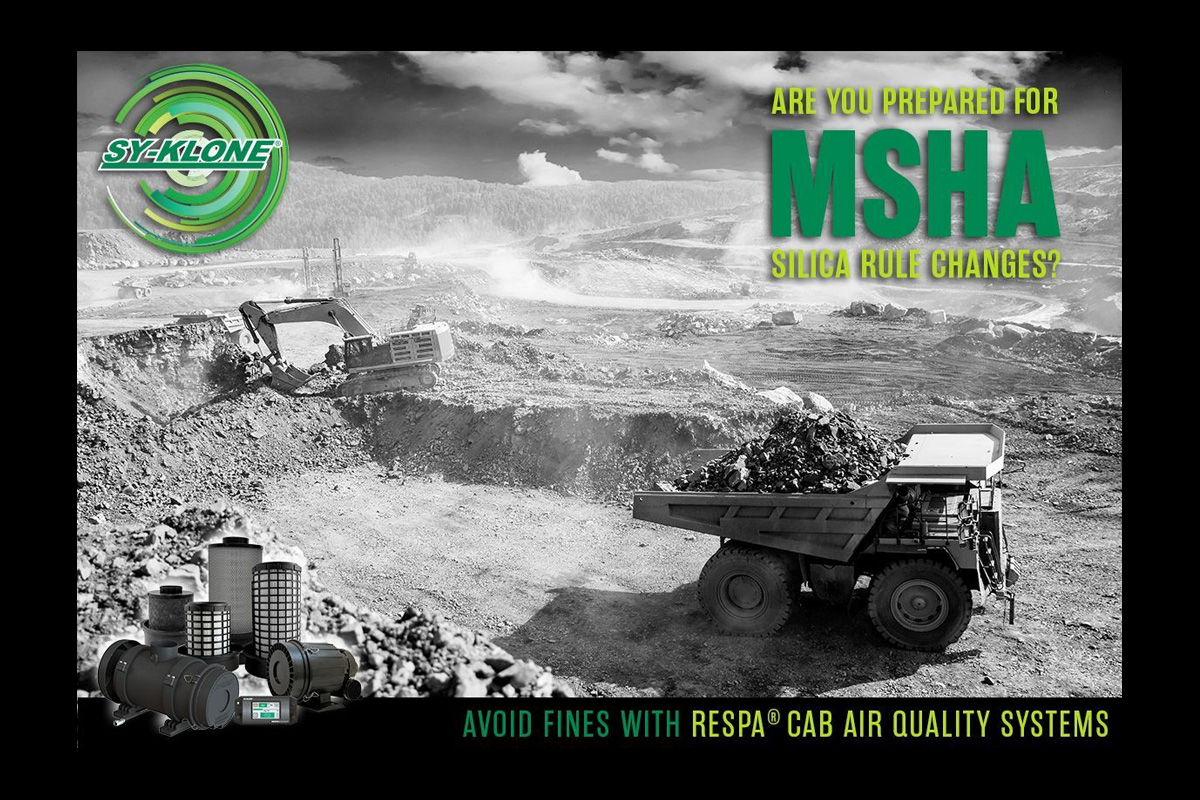
Click here to find out more on the newly approved MSHA silica ruling.
Department of Labor issues final rule reducing silica dust exposure, better protecting miners’ health from irreversible workplace illnesses | U.S. Department of Labor (dol.gov)Federal Register :: Lowering Miners' Exposure to Respirable Crystalline Silica and Improving Respiratory Protection
The Mine Safety and Health Administration (MSHA) has implemented a final rule titled "Lowering Miners' Exposure to Respirable Crystalline Silica and Improving Respiratory Protection." This regulation aims to reduce miners' exposure to respirable crystalline silica, a known health hazard.
Key Aspects of the Rule:
-
Permissible Exposure Limit (PEL): The rule establishes a PEL of 50 micrograms per cubic meter (µg/m³) of air over an 8-hour time-weighted average shift.
-
Action Level: An action level of 25 µg/m³ is set, triggering additional monitoring and corrective actions if exceeded.
-
Exposure Monitoring: Operators are required to commence sampling for any miner expected to be exposed to respirable crystalline silica. If initial samples are below the action level, additional sampling is still required within three months to confirm compliance.
-
Engineering Controls: The rule emphasizes the use of engineering controls as the primary method to reduce silica exposure, with administrative controls as supplementary measures when necessary.
-
Medical Surveillance: Operators must provide medical surveillance at no cost to miners, including regular medical examinations to detect respiratory illnesses related to silica exposure.
This regulation aligns MSHA's standards with those of the Occupational Safety and Health Administration (OSHA), aiming to enhance protection for miners against the health risks associated with respirable crystalline silica exposure.